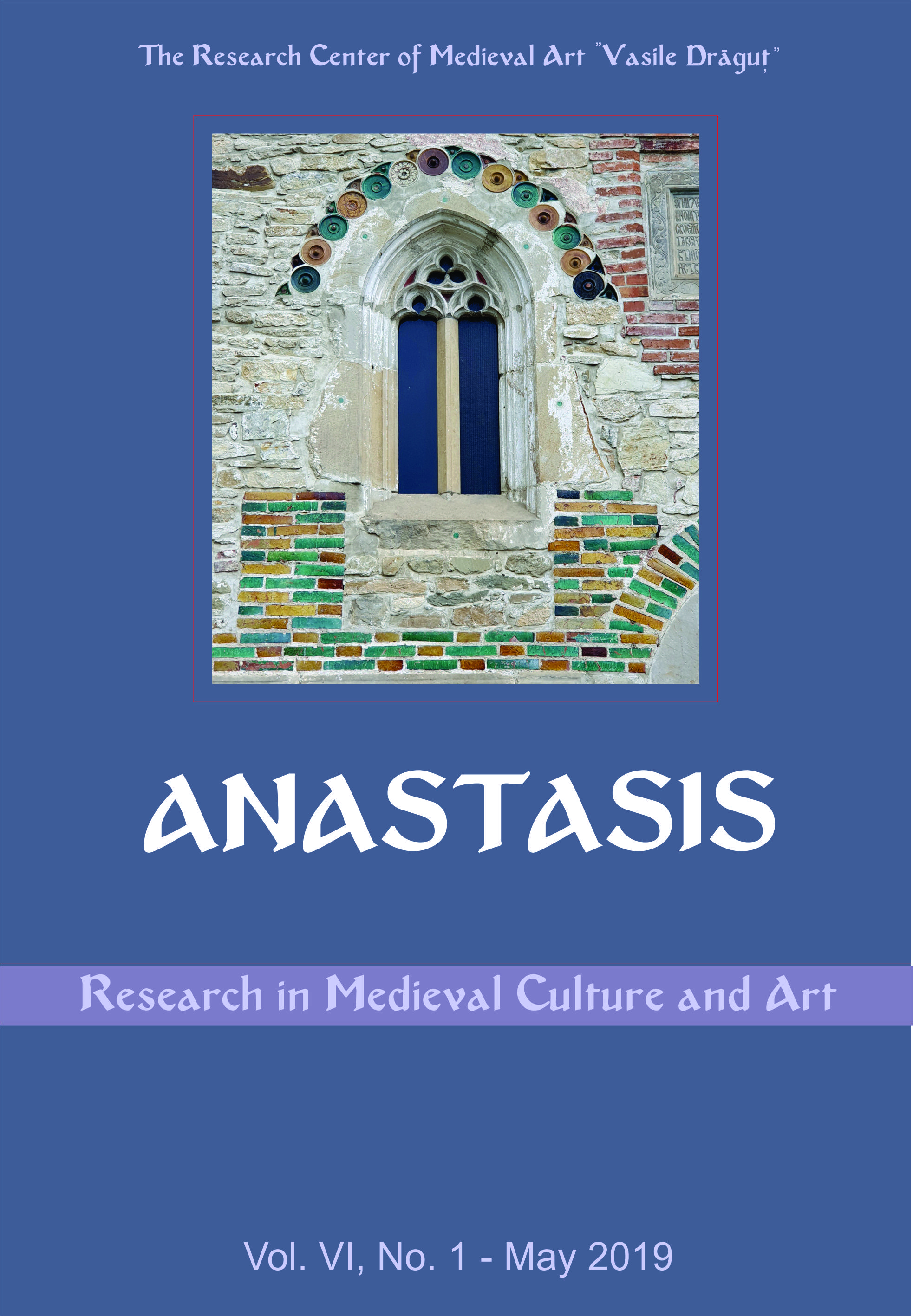La escultura del conjunto composicional de la iglesia monacal “Los Santos Tres Jerarcas” de Iaşi
The Sculpture of the Compositional Ensemble of the Monastic
Church "The Holy Three Hierarchs" of Iaşi
Author(s): Mihail GheaţăuSubject(s): Fine Arts / Performing Arts, Architecture, Visual Arts, Middle Ages, History of Art
Published by: Editura ARTES
Keywords: art; sculpture; traditions; Orthodox church; music; folklore; history;
Summary/Abstract: In 1642, the voivode Vasile Lupu and the Holy Metropolitan of Barlaam completed the painting and masonry of the Princely Church of the new monastery dedicated to the Three Holy Hierarchs in Iași. Unprecedented in the tradition of our architecture, the church was the most important and most spectacular edifice built up until then in Moldova, a successful and unrivaled artistic experiment. The real challenge of the architect was to gather, synthesize and harmonize in a coherent whole elements of the Byzantine background with those of the Oriental ornamentation, of which neither Gothic nor Renaissance influences, all grafted on the basic texture of the local traditional motifs, are lacking. The silent symphony composed of a multitude of decorated notes, meaningfully spread on the stone pages of the majestic scores, is part of the kind of artwork that cannot be easily taken as a yardstick for other similar attempts. The result is a successful synthesis that, although it has not revolutionized the history of our architecture as a prototype, impresses with the novelty and uniqueness of the concept. Almost all the elements of the decoration express directly or through other graphic replacements, solar symbols or messengers and diffusers, which seem to constantly rotate around the church in unceasing prayer. If the geometrical motifs of traditional plastic arts are only the letters of popular decorative art, then the facades of the church are large parchments which, by the convention of an artistic language that intercedes our understanding, cover the church in words that constantly proclaim and glorify the Incarnate Word. The recourse to the dynamics of the vegetal element, which continuously grows towards light, signifies life without a beginning and end, is an invitation to the search and discovery of the Tabor Light that crosses the stone megadecor of the facade, giving us a plastic and symbolic reduction of the history of salvation.
Journal: Anastasis Research in Medieval Culture and Art
- Issue Year: VI/2019
- Issue No: 1
- Page Range: 128-165
- Page Count: 38
- Language: Spanish

